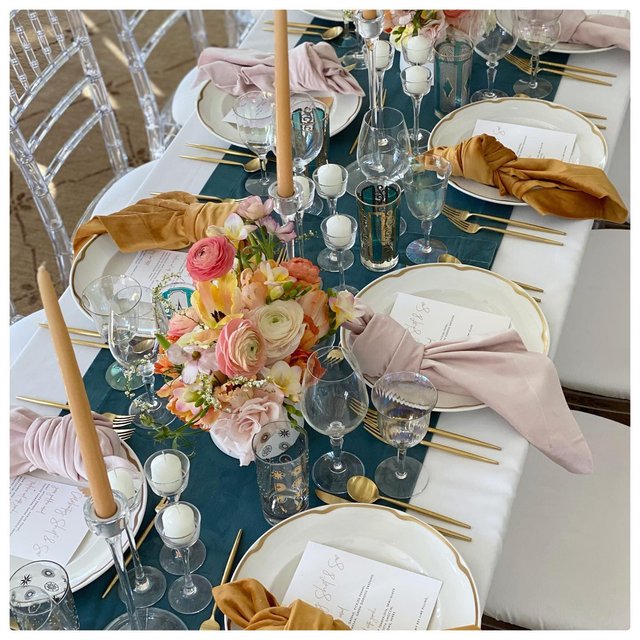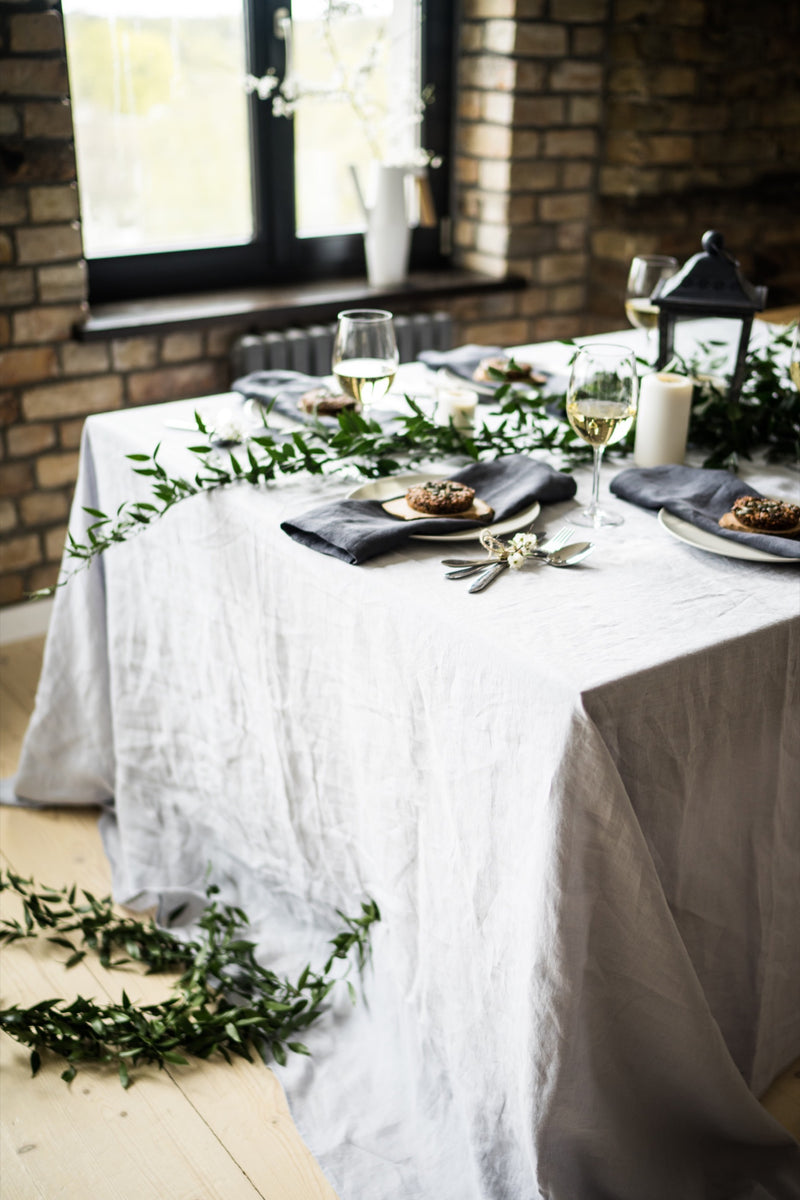Creative Table Runner Utilizes: Past the Table
Creative Table Runner Utilizes: Past the Table
Blog Article
Linen Textile Advancements: Discovering Modern Trends and Creative Applications in Design and Textile Industry
From sustainable manufacturing methods to sophisticated weaving innovations, the advancement of linen is reshaping the landscape of the fabric industry. As we dive into the realms of innovative design applications and the appearance of linen blends and crossbreed fabrics, a brand-new chapter unfolds in which linen's duty in future fabric technologies takes center stage.
Lasting Practices in Bed Linen Production
Lasting techniques in bed linen production have actually become progressively vital in the textile market's efforts to lessen environmental effect and advertise ethical sourcing approaches. Bed linen, a natural fiber originated from the flax plant, offers a variety of advantages such as breathability, resilience, and biodegradability. Nonetheless, typical approaches of bed linen production can include substantial water intake, pesticide usage, and energy-intensive procedures.
To resolve these difficulties, numerous textile makers are adopting lasting techniques throughout the linen production process. This includes sourcing flax from natural ranches that stay clear of damaging pesticides and chemicals, applying water-efficient retting strategies to remove fibers from the flax stalks, and utilizing green dyes and coatings. In addition, some companies are buying sustainable power sources to power their manufacturing centers and reducing waste through recycling and upcycling initiatives.
Technical Improvements in Linen Weaving
With the growing focus on lasting practices in bed linen production, the fabric market is now experiencing a surge in technological developments specifically targeted at reinventing the art of bed linen weaving. These technologies are reshaping the means linen materials are generated, offering enhanced efficiency, quality, and creative thinking in weaving methods.
Among the crucial technical improvements in linen weaving is the assimilation of electronic looms. These advanced looms are outfitted with software application that permits complex and elaborate layouts to be woven with precision. By digitizing the weaving process, producers can achieve higher consistency and accuracy in their bed linen materials.
Moreover, developments in thread spinning technology have actually enabled the manufacturing of finer and even more resilient bed linen yarns - table cloths. This results in softer and smoother linen materials that maintain their quality even after multiple uses and washes
Furthermore, the development of green dyeing procedures and finishes for bed linen materials is obtaining grip. These sustainable practices not only lower the ecological influence but additionally accommodate the increasing customer demand for ethically created fabrics.
Creative Layout Applications for Linen
Ingenious artistic approaches are progressively forming the imaginative style applications for bed linen in the textile sector. Bed linen's natural visual appeal and ability to mix with other textiles make it a favorite selection for developing distinct garments and accessories that cater to the eco conscious customer.
Furthermore, designers are trying out linen in home style, using its sturdy and breathable nature to craft fashionable home furnishings such as drapes, bedding, and upholstery. The texture and drape of linen bring a sense of sophistication and convenience to indoor spaces, including a touch of elegance to modern homes.

Linen Blends and Hybrid Fabrics

Hybrid textiles, on the other hand, take the concept of blending an action better by including extra components such as metal strings, recycled materials, or conductive fibers. These ingenious textiles not just broaden the design possibilities but additionally introduce functional facets like conductivity, antimicrobial properties, or improved longevity. Crossbreed materials are increasingly being used in different sectors, including style, interior layout, and technological textiles, where the need for multifunctional products is on the rise.
Bed linen's Role in Future Fabric Innovations

In the realm of future textile developments, linen is expected to be a principal in the advancement of sophisticated practical materials. Researchers and designers are exploring means to improve linen's inherent qualities via technical improvements, such as Recommended Site integrating smart textiles, nanotechnology, and efficiency finishes. These innovations intend to elevate linen's performance attributes, making it suitable for a wider variety of applications, from activewear to safety clothes.
Moreover, the combination of linen with other all-natural or artificial fibers opens up limitless opportunities for creating unique fabrics with one-of-a-kind properties and performances. By leveraging linen's features and discovering innovative blends, the textile industry is poised to present exciting advancements that provide to advancing customer needs and sustainability needs.
Final Thought
Finally, the exploration of lasting techniques, technical innovations, imaginative style applications, linen blends, and its function in future fabric technologies highlight the constant development of linen fabric in the modern-day layout and textile industry. With a concentrate on technology and imagination, the flexibility and green nature of linen make it a useful material for suppliers and designers alike, paving the method for additional growths and innovations in the field of fabrics.
As we dig right into the realms of innovative design applications and the development of bed linen blends and hybrid fabrics, a new phase unravels in which linen's look here duty in future fabric technologies takes facility phase.
Checking out the fusion of linen with other materials has led to the emergence of innovative blends and hybrid fabrics in the modern textile industry. Linen blends offer a distinct mix of the features of linen with those of other fibers, resulting in textiles that have improved residential properties such as boosted longevity, enhanced draping, and decreased wrinkling.The development of linen blends and crossbreed textiles has established the stage for Linen to play an essential function in driving future fabric innovations.In the realm of future fabric innovations, bed linen is anticipated to be an essential gamer in the Visit This Link advancement of advanced practical textiles.
Report this page